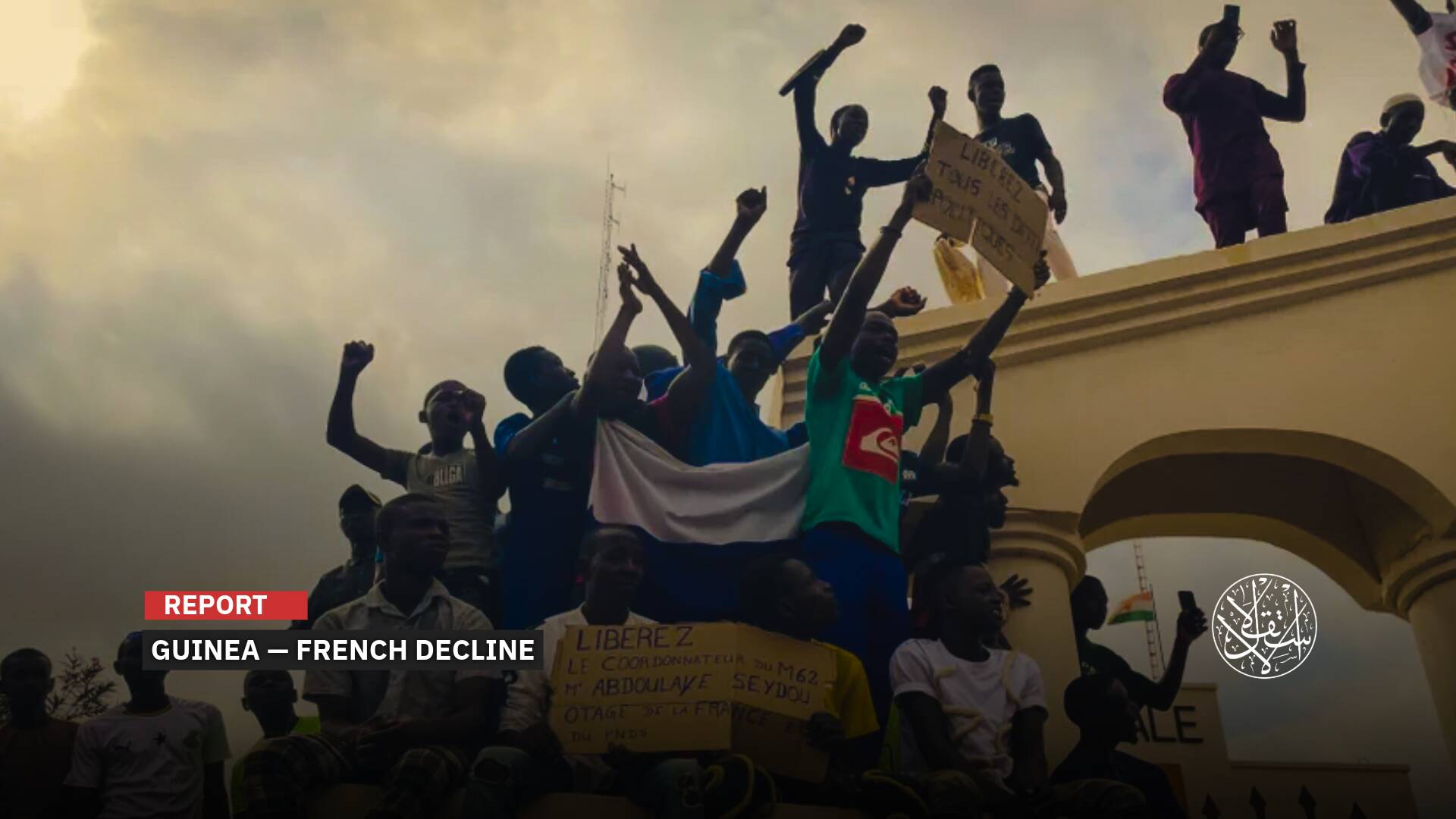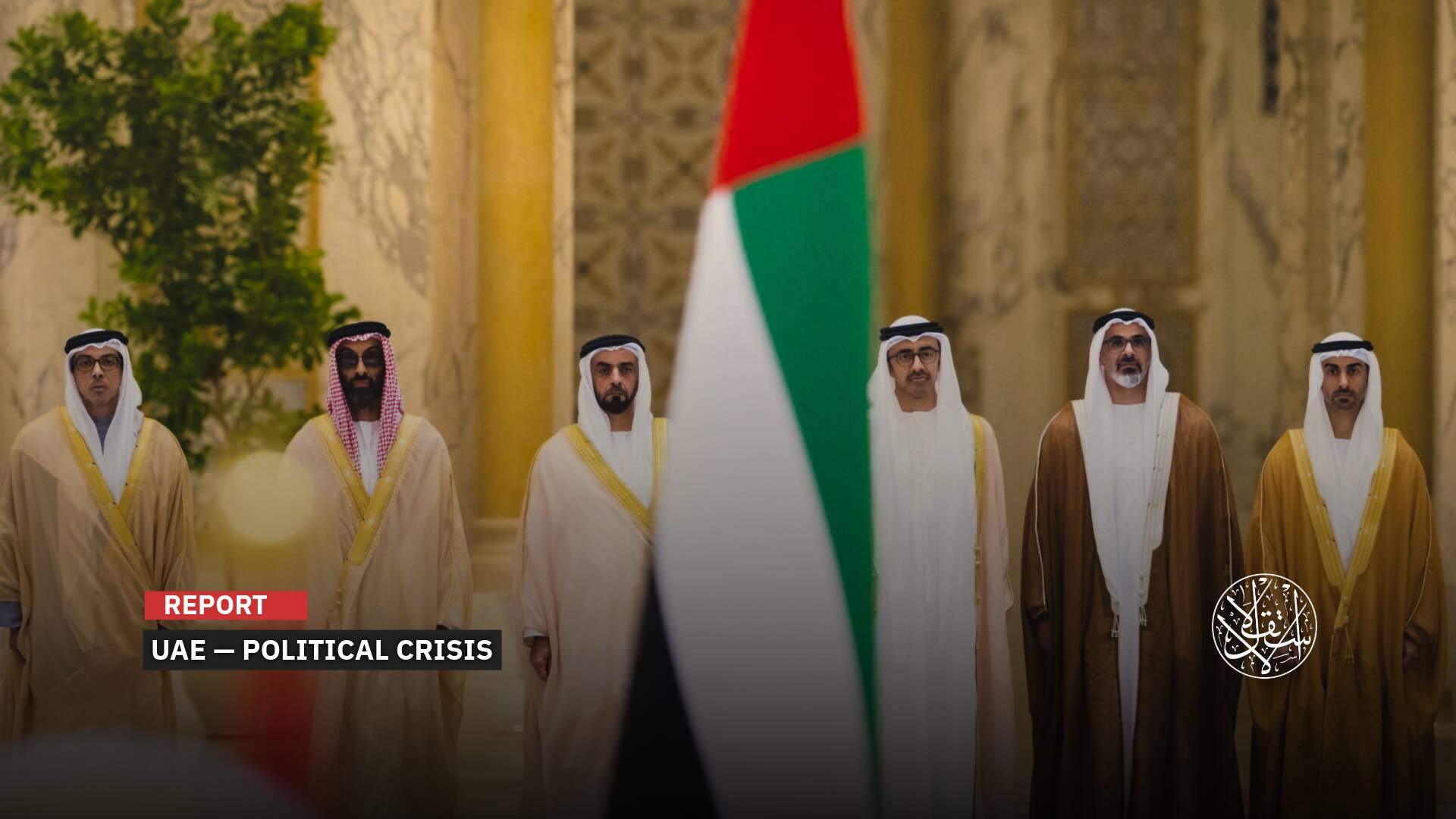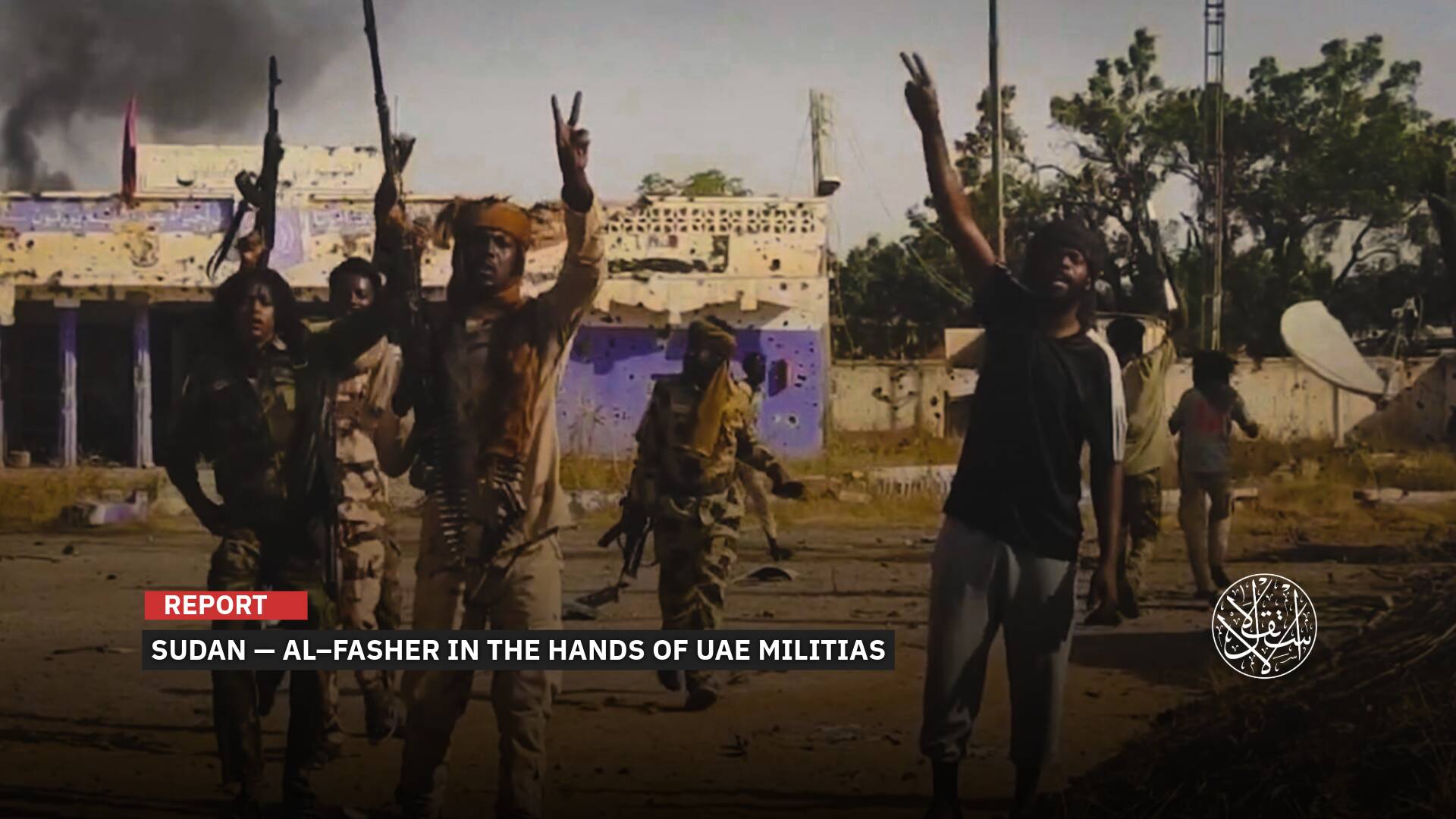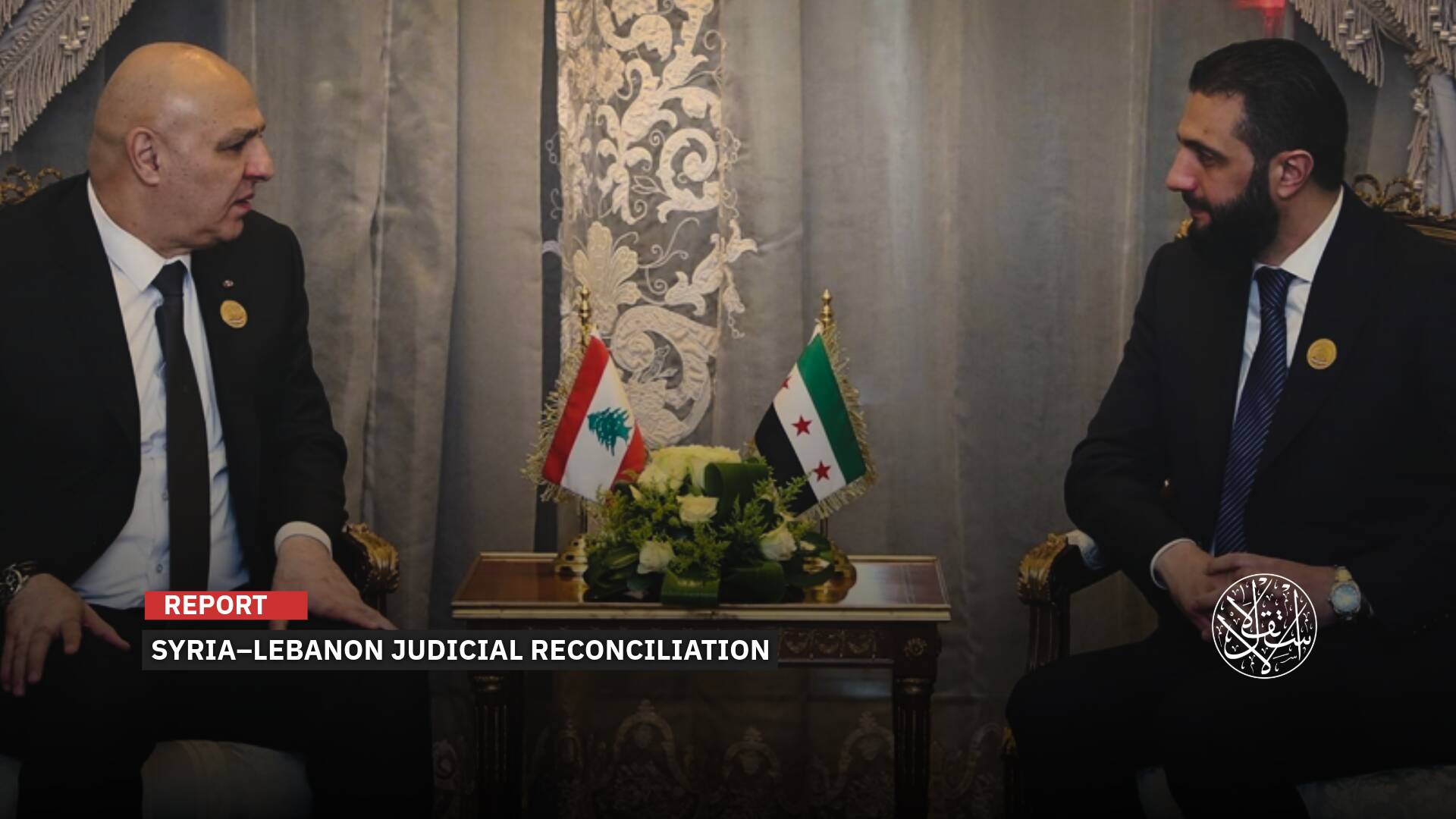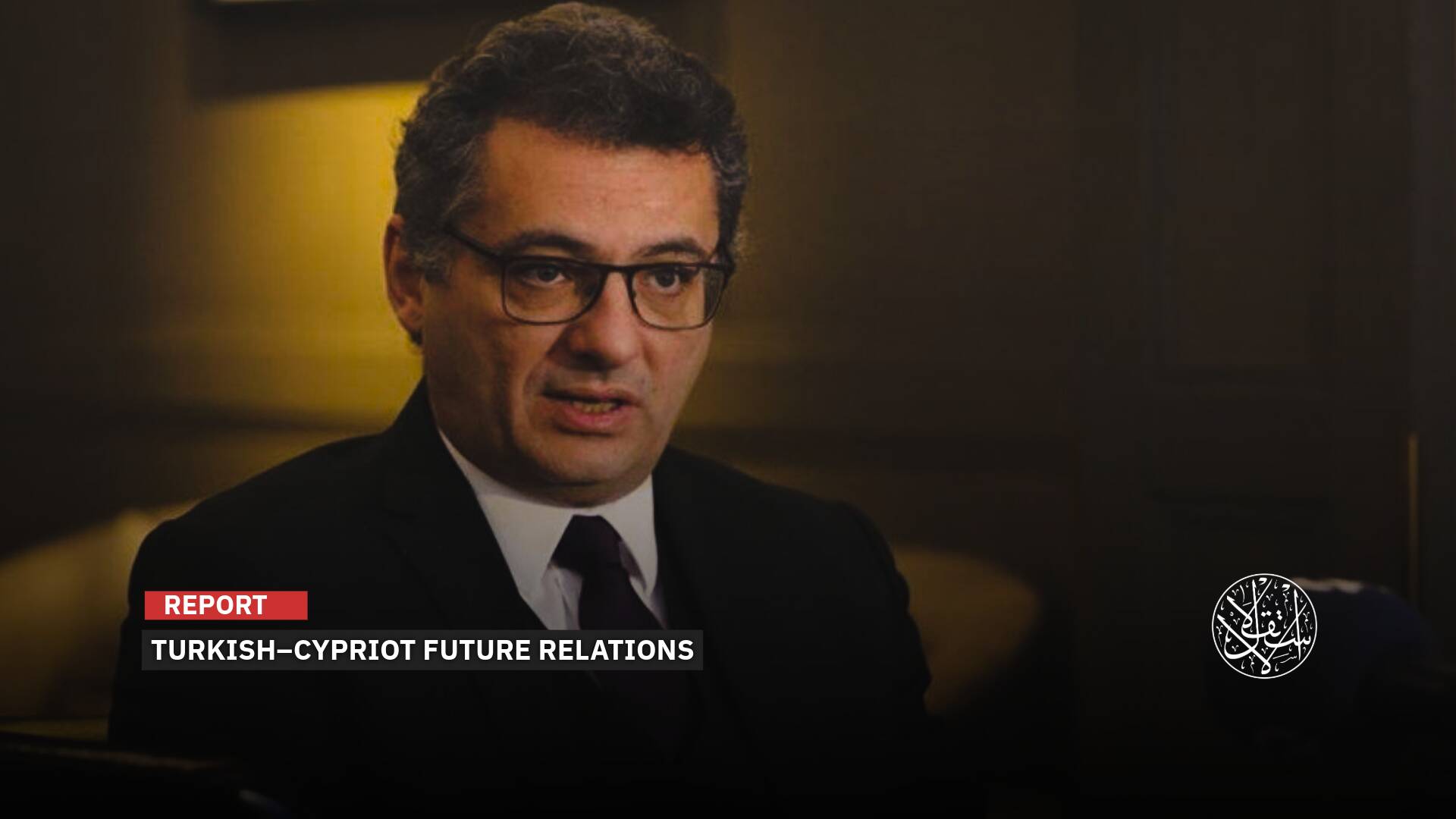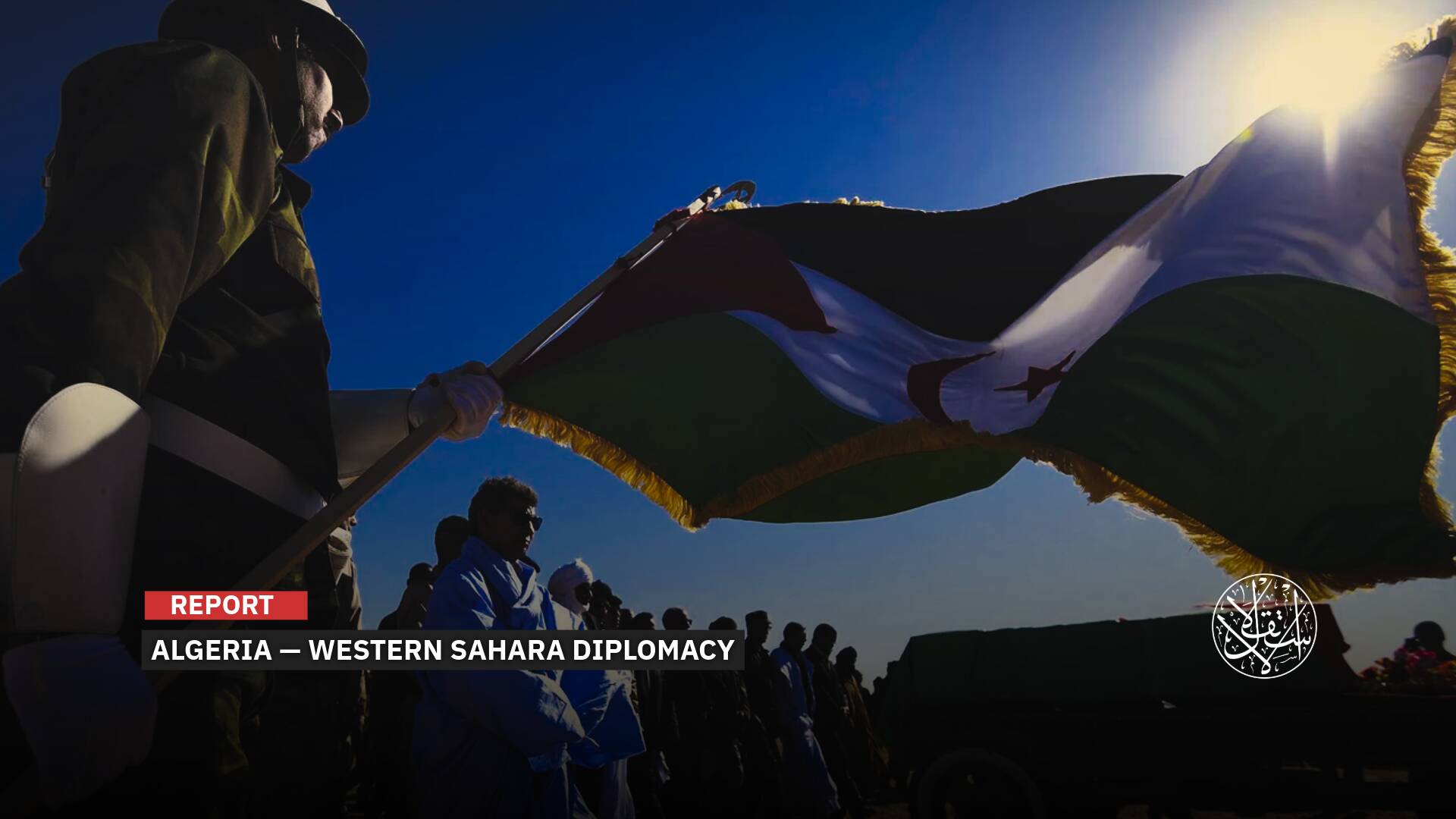After the Failure of Its Timeline: Has the Saudi Neom Project Become a Fantasy Dream?

The Saudi NEOM's financial, logistical, and geopolitical hurdles are prompting a reassessment of the project’s scope.
In the sweeping deserts of Saudi Arabia, a futuristic vision is taking shape in the form of Neom, a proposed megacity that promises to redefine urban living.
At the heart of this ambitious endeavor is The Line, a linear city poised to stretch across the northwestern coast, boasting mirrored skyscrapers and a narrow urban strip that could dwarf the size of New York City.
This project, along with the Oxagon Center for Advanced and Clean Industries and the luxury destination on Sandala Island, represents a significant pivot from the kingdom’s oil-centric economy, aligning with Vision 2030, the transformative blueprint unveiled by Crown Prince Mohammed bin Salman.
Yet, despite the accelerated pace of construction and the influx of global talent, Neom’s path to fruition is fraught with challenges.
Media reports suggest a tempering of expectations, with financial, logistical, and geopolitical hurdles prompting a reassessment of the project’s scope.
The once-projected city of the future, with its high-tech aspirations and revolutionary design, now faces a reality check.
The Line, initially envisioned to house 1.5 million residents by 2030, has seen its forecasted population dwindle to less than 300,000.

Fading Plans
MBS’s vision for Neom, likened to the leap from a Nokia handset to a smartphone, encapsulates a broader strategy to diversify Saudi Arabia’s economy.
Launched at the Future Investment Initiative conference in 2017, Neom was to be a showcase of cutting-edge technology and a testbed for innovations that could transform daily life.
However, the grandeur of plans for cloud seeding, artificial rain, and glowing beaches has been overshadowed by more grounded concerns over feasibility and funding.
As the largest construction site in the world, Neom’s workforce was expected to swell to 200,000. Yet, recent layoffs and budgetary hesitations signal a shift in momentum.
The kingdom’s sovereign wealth fund has yet to approve Neom’s 2024 budget, reflecting the financial strain of a project whose costs could exceed initial estimates by hundreds of billions of dollars.
The project’s viability is further complicated by a high turnover of key personnel, resignations over workplace culture, and a vision that some insiders criticize as disconnected from reality.
Experts now question the initial optimism surrounding The Line, suggesting that without the necessary urban infrastructure and amidst regional instability, the future of Neom hangs in the balance.
As Saudi Arabia grapples with these challenges, the world watches to see if the desert mirage of Neom can solidify into the city of tomorrow.
Officials report that the expansive Neom project continues to progress, with developments such as “Sindalah,” a luxury tourist destination aimed at boat owners and yacht aficionados, slated to open this year.
This exclusive enclave will feature 86 berths and 75 marine mooring buoys, attracting some of the world’s most spectacular vessels to the Red Sea.
Concurrently, certain key initiatives within the Neom blueprint are expected to be deferred beyond 2030, though specifics remain undisclosed.
Finance Minister Mohammed Al-Jadaan, in a statement last December, indicated that project timelines could be extended by up to three years or more, citing the need for additional time to establish factories and develop human resources.
Analysts believe that projects tied to imminent events will likely be prioritized. The kingdom, having submitted the sole bid to host the 2034 World Cup, now faces the challenge of constructing stadiums and enhancing its infrastructure within a decade, all while striving to fulfill the ambitious objectives of Neom.
This necessitates a delicate balance between the development of Neom and other pressing commitments, including preparations for the World Cup.
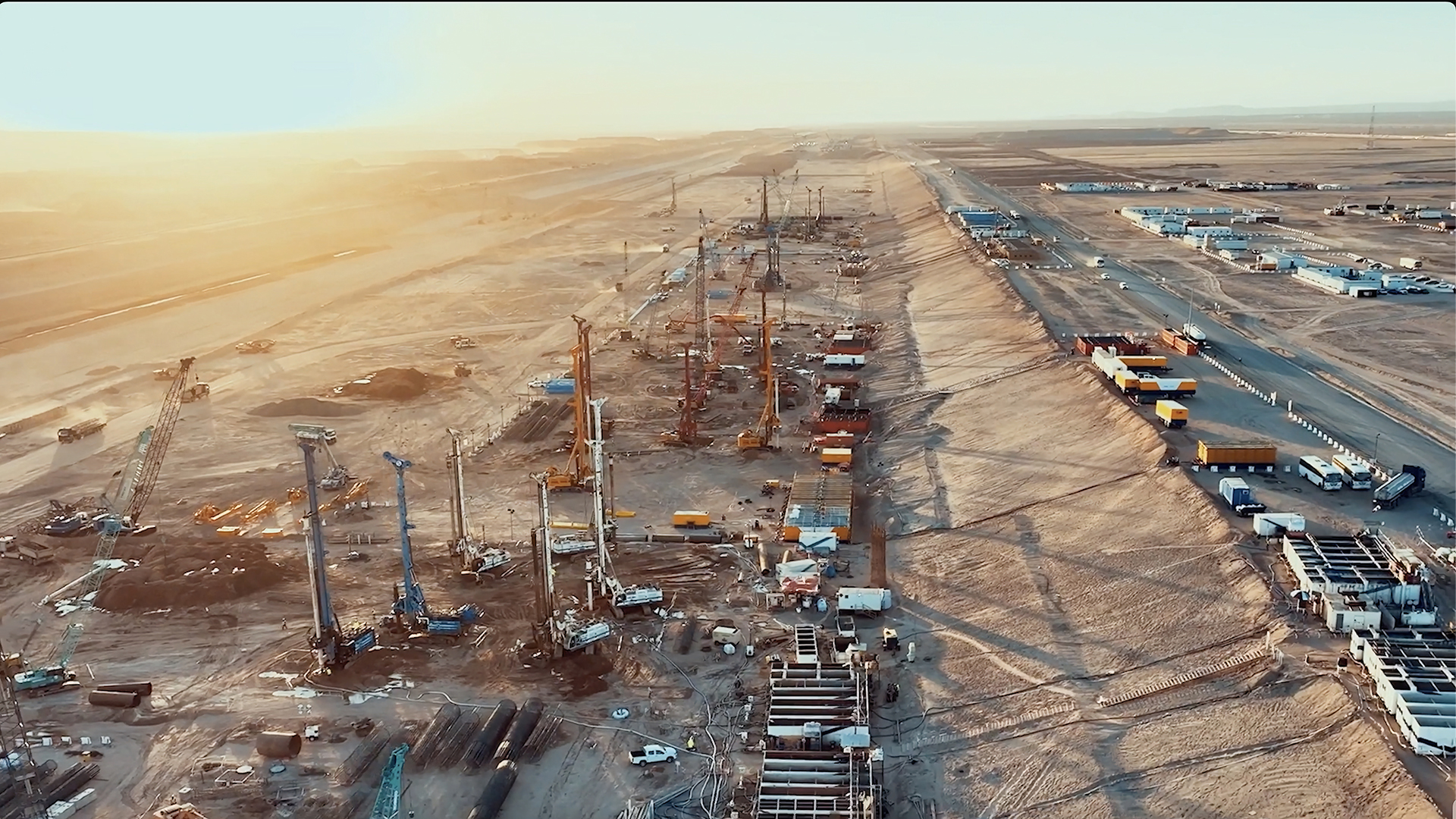
Setbacks in Development
MBS had initially promised that the first city within Neom would be completed by 2020, followed by 12 seaside cities within five years, and several towns in valleys and mountains, alongside an industrial zone, a major port, three airports, and other significant projects, with full completion anticipated by 2025.
Contrary to these assurances, recent reports suggest a stark disparity between the Crown Prince’s proclamations and the actual state of affairs.
Not only was “Riviera Neom,” the inaugural town, unfinished by 2020, but the construction of the 12 cities remains unapparent.
Neom itself, described by MBS as “a small country within a large country,” stands as one of the most formidable construction endeavors in history.
Its viability is now in question, given its extensive reach along the Red Sea coast, spanning 300 kilometers, and encompassing a desert expanse the size of Belgium.
Satellite imagery from a June 2020 Al Jazeera investigative report reveals a lagging pace in the project’s timeline, with the exception of the royal palaces, which cover an area of 2 million and 350 thousand square meters, including a colossal royal palace of 31 thousand square meters, surrounded by 25 buildings for staff and security.
In “Sharma,” a humble village earmarked for Neom’s first major development, construction of a resort and hotel commenced in March 2018, yet completion remains unannounced.
Meanwhile, vast royal palaces have risen from the village’s ruins, linked by subterranean tunnels, a small airport, and 10 helicopter pads, with construction spanning from 2017 to February 2020.
Despite Neom being touted as a crown jewel in MBS’s vision, and the Saudi state allocating substantial resources to its realization, the project’s transition from concept to reality poses a colossal challenge, even for a ruler with access to a $620 billion sovereign wealth fund.
A 2022 Bloomberg report, based on interviews with 25 employees and an examination of 2,700 pages of internal documents, revealed setbacks stemming from the difficulty in actualizing MBS’s evolving ideas and the reluctance to confront the prince with the impracticality of his ambitions.
While officials once harbored hopes for “The Line” to welcome its first residents this year, they have shifted focus to a significant achievement: the development of an $8 billion solar and wind farm project aimed at producing “green hydrogen” for fuel cell vehicles and other applications, positioning the kingdom as a potential leading producer globally.
Recent efforts to scale back the project coincide with the Public Investment Fund’s exploration of financial strategies, including expedited debt sales and equity offerings in its portfolio companies, as reported by Bloomberg last March.
MBS projected the cost of Neom’s initial phase at 1.2 trillion riyals ($320 billion) by 2030, a figure that does not reflect the economic downturn since oil prices, Saudi Arabia’s primary revenue source, plummeted by over half since 2014.
It is anticipated that the Public Investment Fund, chaired by MBS, will contribute half of the required funds.
As the kingdom leans towards increased borrowing to bridge budget deficits and faces a decline in the sovereign wealth fund’s cash reserves, the Neom project’s feasibility is called into question amidst a mounting financial crisis, prompting austerity measures and preparation for potentially harsher times ahead.


